Community managers tend to reside at the intersection where creatives and strategics meet, and as a result, they can sometimes take on too much on their own. When that happens, burnout isn’t far behind, but it doesn’t need to be. Why? Most community managers have a huge untapped resource at their fingertips to help them avoid burning the candle at both ends, their internal talent (both in other employees and in community members)!
Why? Easy, they bring a variety of voices and expertise into your programming.
This is powerful for a number of reasons.
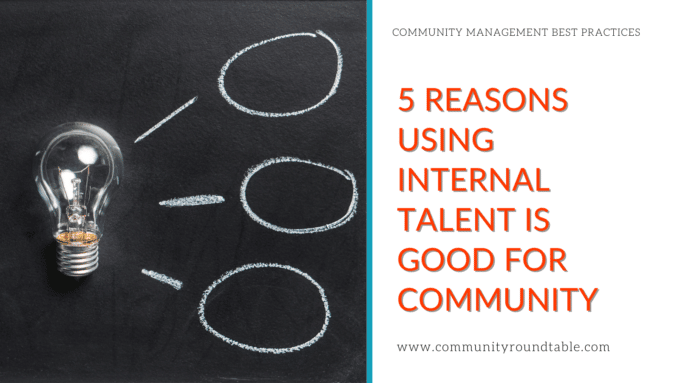
1. Internal talent can help scale the workload
If running a program is a lot of work, then running every community program can be just plain overwhelming. Bring in your community members to help redistribute the workload from your plate. Turning to the internal talent you trust on your team — or in your community — to help with programming lets you tackle other things on your to-do list.
2. Using internal talent strengthens members’ commitment
What are your members more likely to pay greater attention to:
- A community where someone else does all the work?
- One where they’ve invested in the community’s success?
Spoon-feeding content and programming directly to your members and hoping for engagement might seem like the easiest path forward, but like with most things, just because it’s easy doesn’t mean it’s right. Your members will have more of a vested interest in the community if they contribute to its well-being. Providing opportunities for your community’s internal talent — those who feel up to the challenge — to create programming not only lets others step into the spotlight, but it also allows members to reinforce or share their knowledge with others.
3. Presenting provides valuable skills for members, and you
We’ve heard the saying that practice makes perfect, but this is an instance where it’s true! Being able to present effectively is a powerful skill. Practicing presenting in the community can help your internal talent grow not just as members, but as professionals. Added bonus? Managing the program strategy — instead of just the implementation — is a great skill for community managers interested in moving up in their own careers.
4. You don’t know everything
You may know your community better than anyone, but there’s so much your members are interested in learning and hearing about – you couldn’t possible be able to provide everything they need. Utilize the built-in experts in your community who know more about other relevant subjects to bring in new perspectives and areas of interest. This allows members to bring insights —and questions — to the table you might not think of.
5. Community skeptics be gone
Want someone to take a greater interest in the community? The easiest way to turn a naysayer into an advocate is to have them present to the community on a topic of interest. It’s a great way to get them connected with other members and see what the community is all about — from the safety of their comfort zone.
Long story short, utilizing internal community talent is a surefire way to engage your community. It’s better for you, better for your members, and better for your community at large. So, who are the untapped experts you’re going to reach out to?
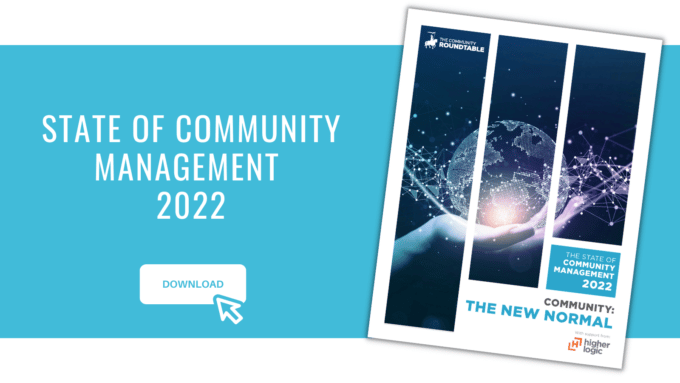
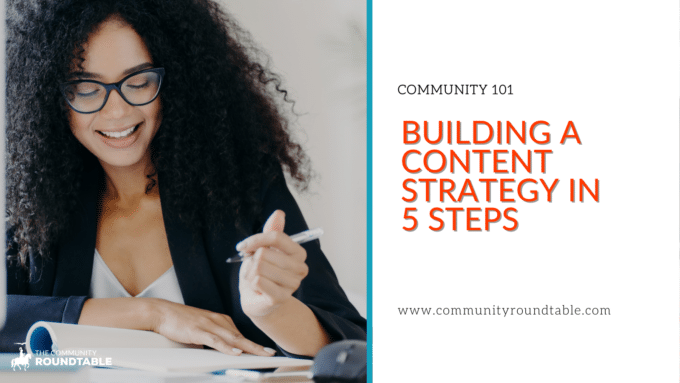
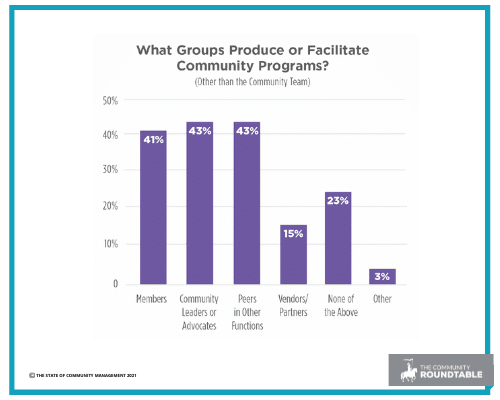
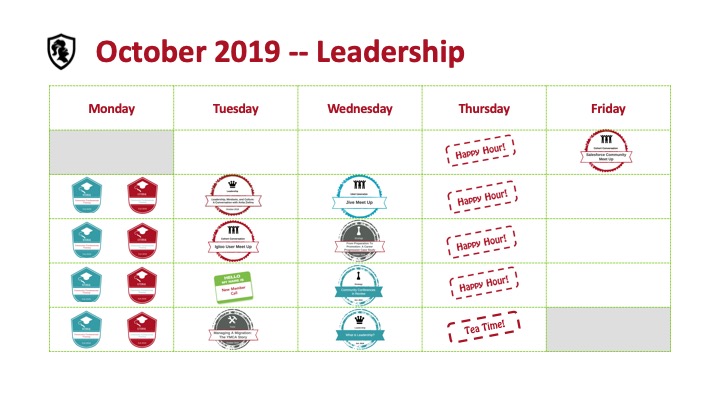
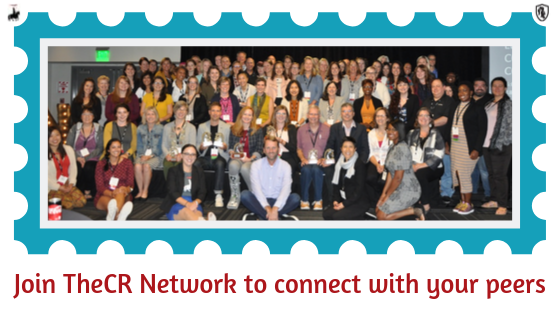

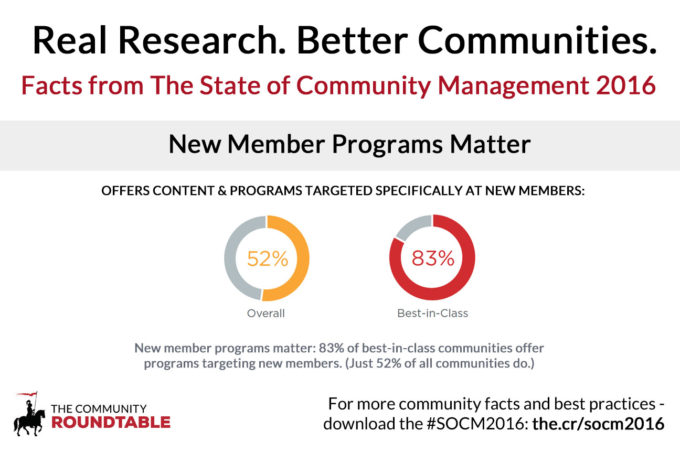
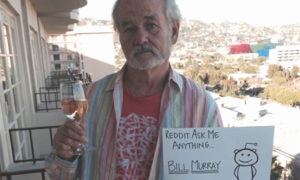
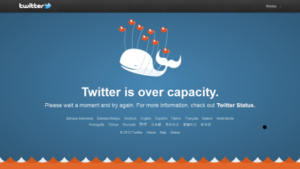 Six years ago, Twitter was a much more intimate place. In explaining it to people, I often used the “dinner party” analogy – “It’s like a dinner party – you go in and you may only know one person, but you talk to them and meet their friends, and your network begins to grow.” That was before Twitter changed its rules for seeing @ replies, before it became popular enough with brands and others that the noise ratio went up to the point of cacophony. Now, it can feel like a dinner party at a rock concert, only no one is actually watching the band and everyone is talking loudly in all directions. (Facebook, on the other hand, can feel like walking into a dinner party where you recognize everyone but only a few people have paid for the privilege of having vocal chords.)
Six years ago, Twitter was a much more intimate place. In explaining it to people, I often used the “dinner party” analogy – “It’s like a dinner party – you go in and you may only know one person, but you talk to them and meet their friends, and your network begins to grow.” That was before Twitter changed its rules for seeing @ replies, before it became popular enough with brands and others that the noise ratio went up to the point of cacophony. Now, it can feel like a dinner party at a rock concert, only no one is actually watching the band and everyone is talking loudly in all directions. (Facebook, on the other hand, can feel like walking into a dinner party where you recognize everyone but only a few people have paid for the privilege of having vocal chords.)